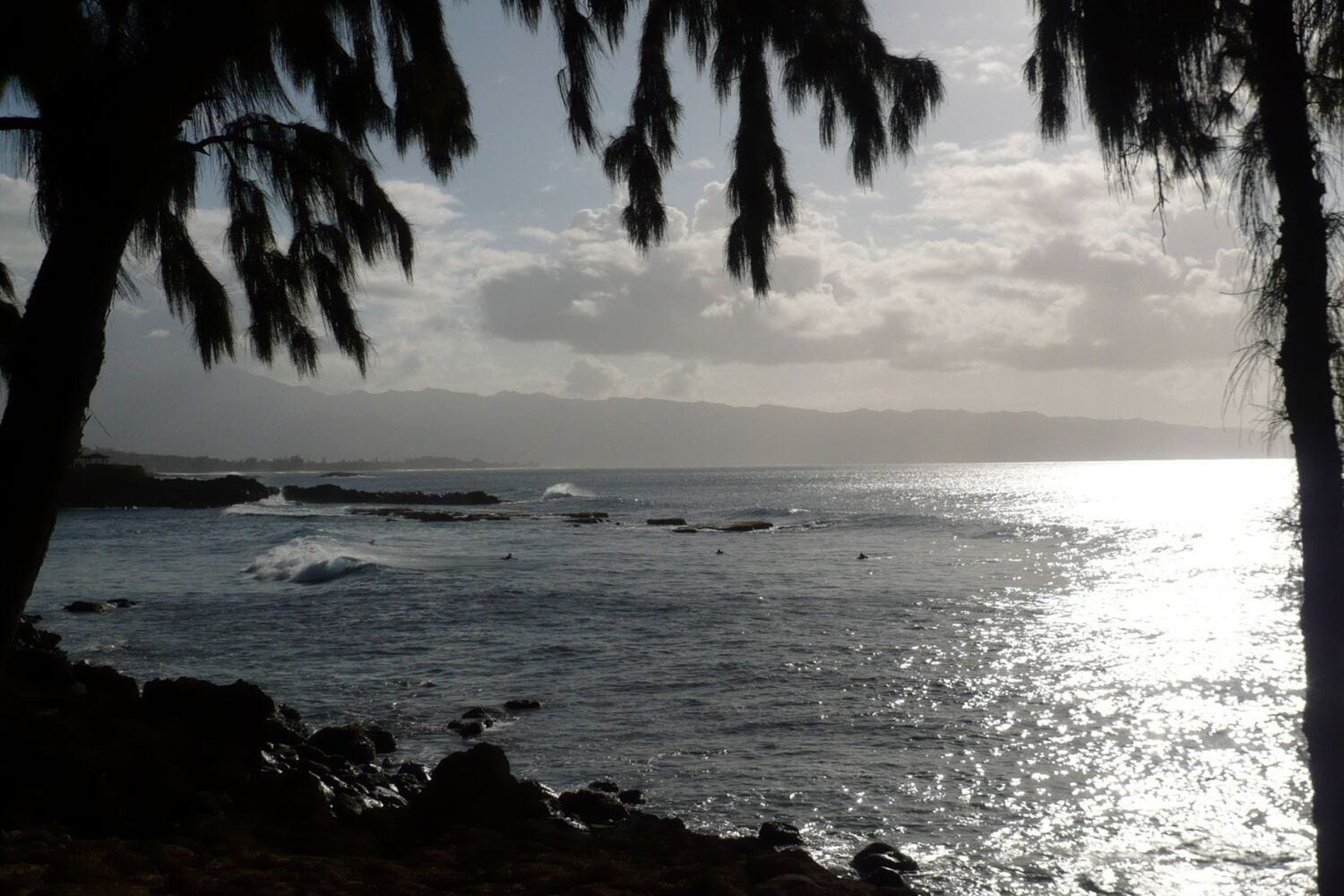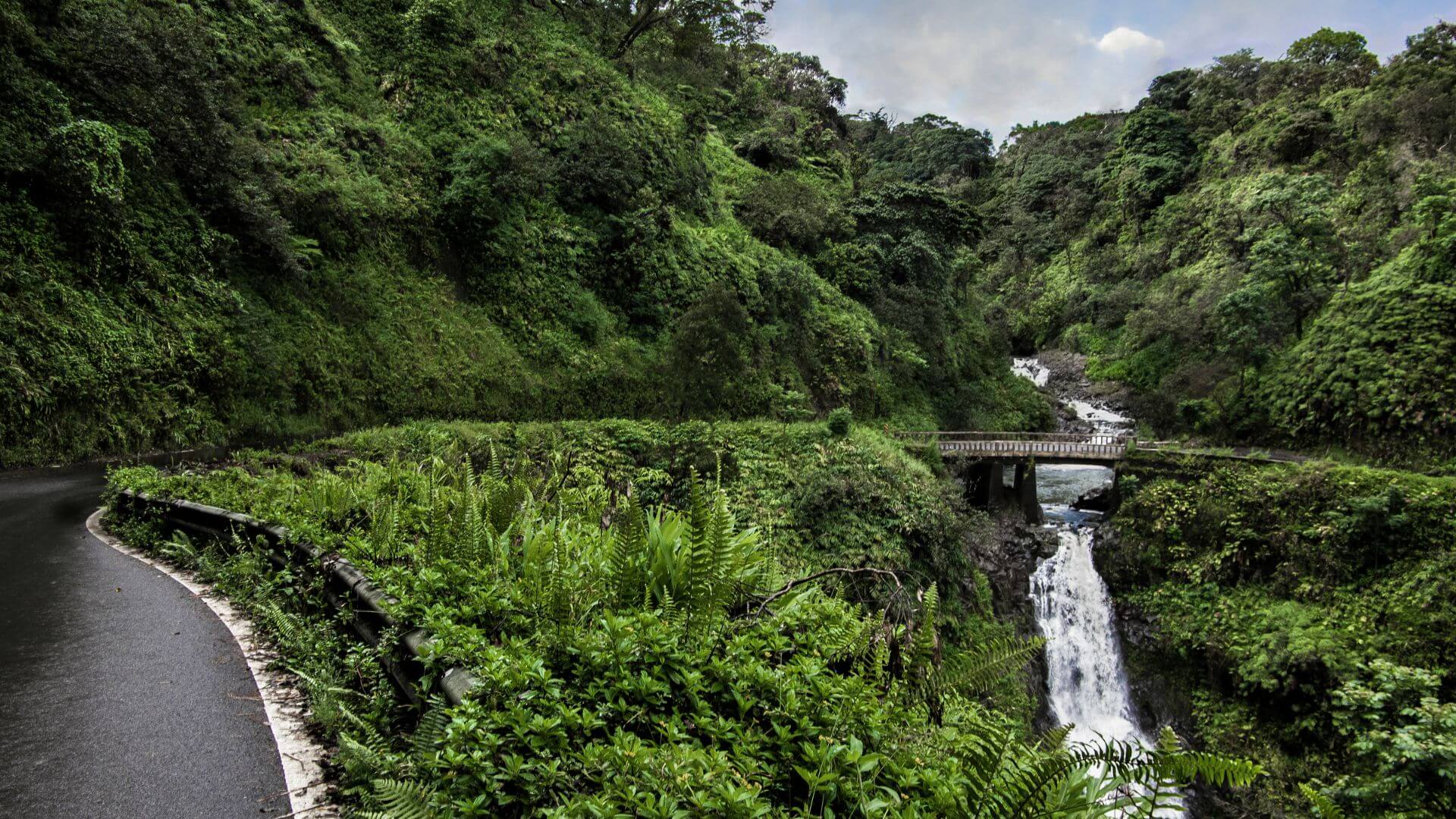Hawaii is famous for its beautiful beaches, lush green valleys, and stunning waterfalls. But, if you’ve ever visited or looked at pictures, you might have noticed something odd—some parts of the islands are super green and rainy, while others are dry and almost desert-like.
This is something called the “rain shadow effect.” This natural phenomenon explains why you can drive just a few miles and go from a wet rainforest to a dry, sunny beach. Let’s break it down in simple terms.
The Science Behind the Rain Shadow Effect
So, what exactly is the rain shadow effect? Imagine you’ve got some moist air coming off the ocean. When this air hits a mountain, it’s forced to go up. As the air rises, it cools down, and when air cools, it can’t hold as much moisture.
This moisture then falls as rain, usually on the side of the mountain facing the wind (called the windward side). After all that rain gets squeezed out, the air is much drier by the time it reaches the other side of the mountain (the leeward side). This dry area is what we call the “rain shadow.”
In Hawaii, this process happens all the time, and that’s due to the islands’ unique geography and those steady trade winds blowing in from the northeast.
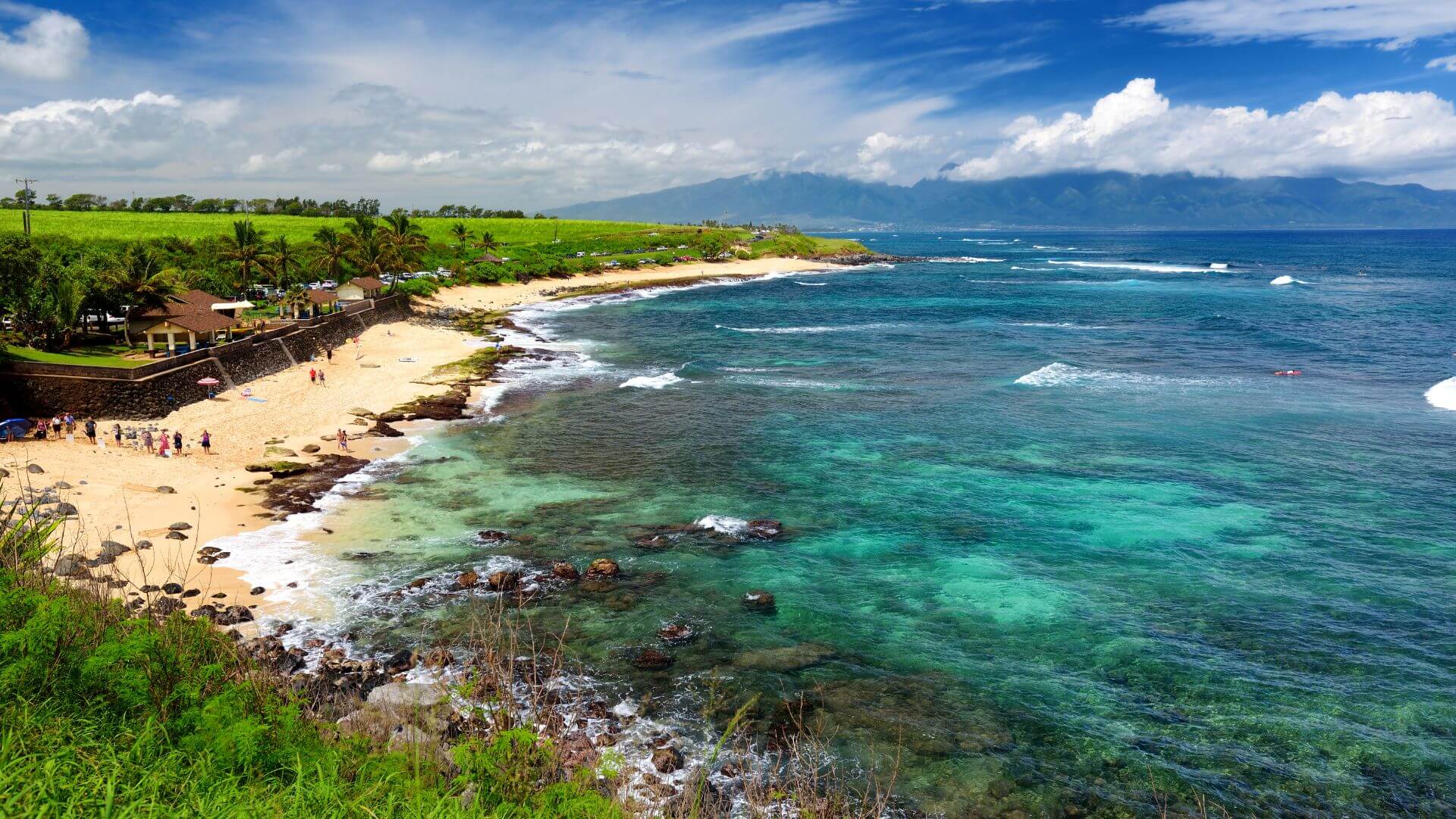
Hawaii's Unique Geography
Hawaii is made up of several islands, each with its own set of mountains and valleys. These mountains play a big role in creating the different climates you see across the islands.
The trade winds, which are steady winds that blow from the northeast most of the year, are a key player here. When these winds carry moist air from the ocean, they slam into the mountains on the islands’ windward sides.
Take the Big Island, for example. The moist air hits the tall peaks of Mauna Kea and Mauna Loa. As it rises up the slopes, the air cools and dumps a ton of rain on places like Hilo.
But by the time this air gets over the mountains and down to the other side, say in Kona, it’s all dried out, making that side much drier. The same thing happens on other islands like Maui, Oahu, and Kauai.
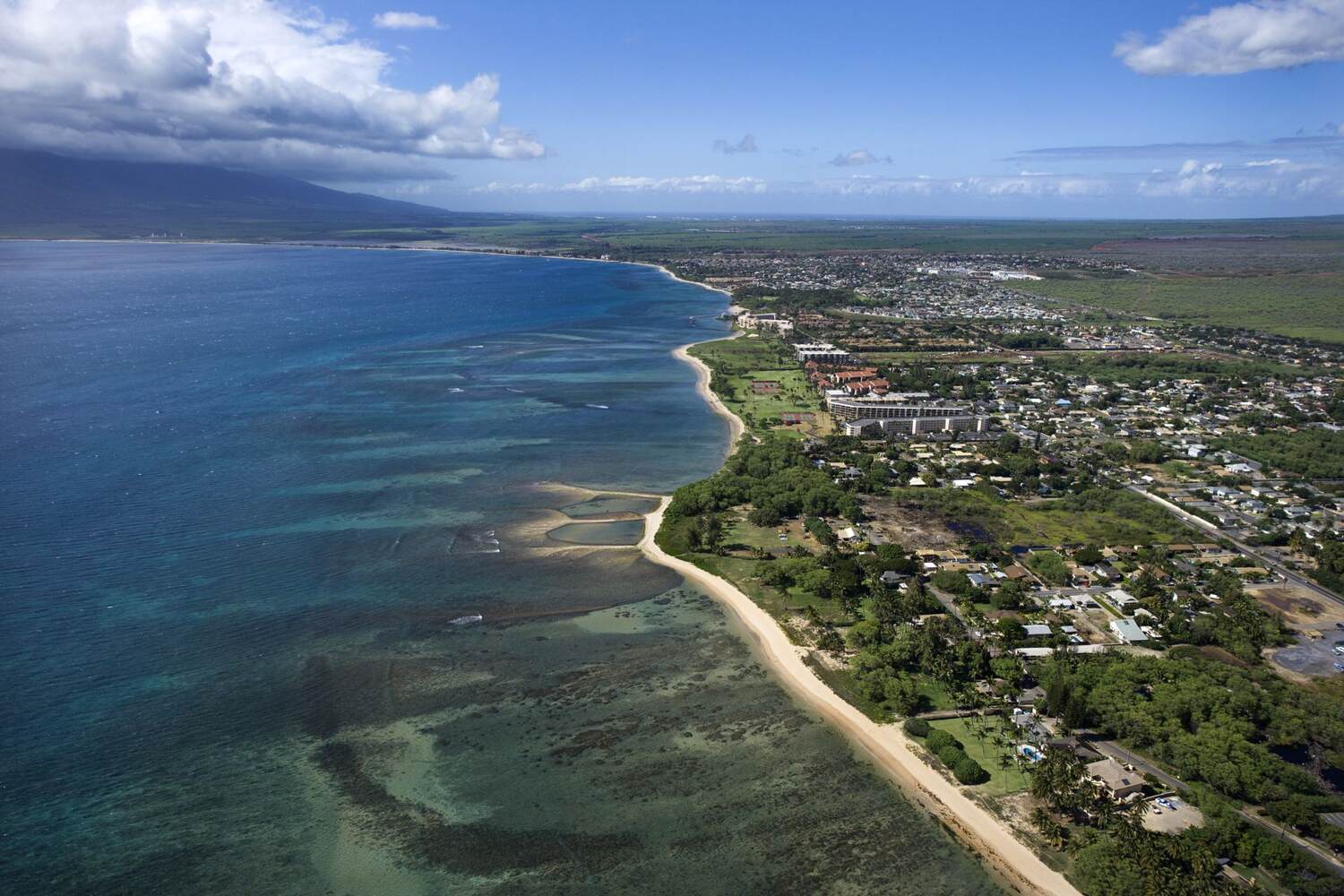
The Impact of the Rain Shadow Effect on Hawaii
Now, let’s talk specifics. How does this rain shadow effect show up on each of Hawaii’s main islands?
The Big Island: Contrasting Climates of Hilo and Kona
The Big Island is probably the best example of the rain shadow effect in action. Hilo, on the windward side, is one of the wettest cities in the United States, getting over 100 inches of rain each year.
It’s green, lush, and full of waterfalls. On the other side, Kona barely gets 20 inches of rain a year. The landscape is much drier, with sunny beaches and rocky lava fields.
Maui: Rainforests of Hana vs. Dry Lands of Kihei
Maui has a similar split. The road to Hana on the windward side is famous for its rainforests, waterfalls, and frequent rain showers.
It’s green and vibrant all year round. But head over to Kihei or Lahaina on the leeward side, and you’ll find sunny skies, dry conditions, and a lot less greenery. That’s the rain shadow at work.
Oahu: Wet Windward Side vs. Dry Leeward Side
On Oahu, the difference is just as noticeable. The windward side, like Kailua and Kaneohe, is wetter and full of lush vegetation.
On the leeward side, in places like Waianae and Kapolei, the landscape is much drier. The mountains in the middle of the island, like the Ko‘olau Range, help create this dramatic contrast.
Kauai: The Lush North Shore vs. The Dry West Side
Kauai, known as the "Garden Isle," also shows off the rain shadow effect. The North Shore, including Hanalei, is incredibly wet and green, thanks to the moist air hitting the mountains there.
But drive over to the West Side, near Waimea, and you’ll find a much drier landscape. Waimea Canyon is even called the "Grand Canyon of the Pacific" because of its dry, rugged terrain.
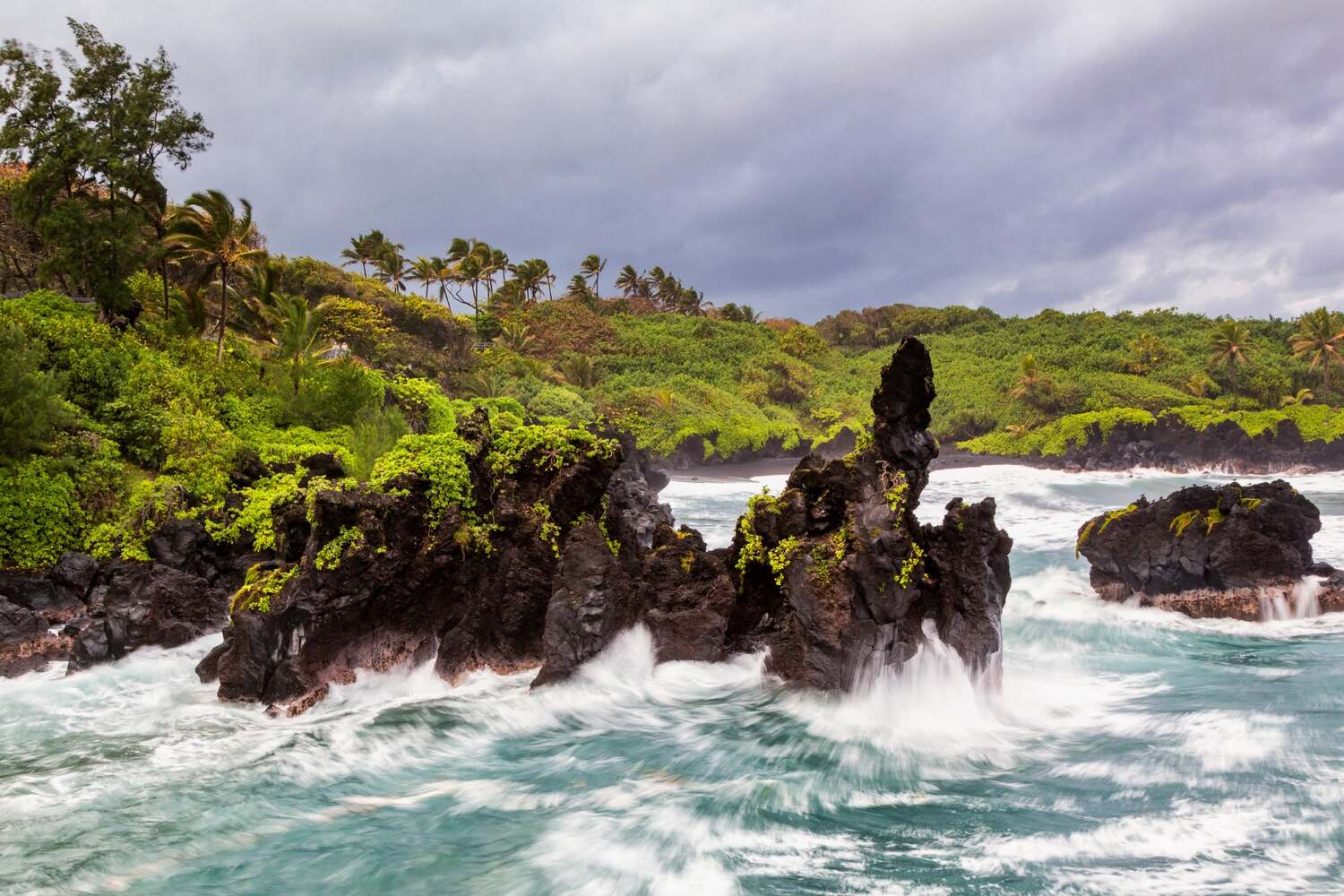
Consequences of the Rain Shadow Effect
The rain shadow effect isn’t just about pretty landscapes. It has real impacts on Hawaii’s ecosystems, agriculture, and even tourism.
Impact on Local Ecosystems and Vegetation
The rain shadow effect creates a variety of ecosystems on each island. The wet sides of the islands are home to rainforests, filled with plants and animals that thrive in lots of moisture. On the drier leeward sides, you’ll find different species that are adapted to less water and more sun. This mix of wet and dry areas is part of what makes Hawaii’s environment so diverse and interesting.
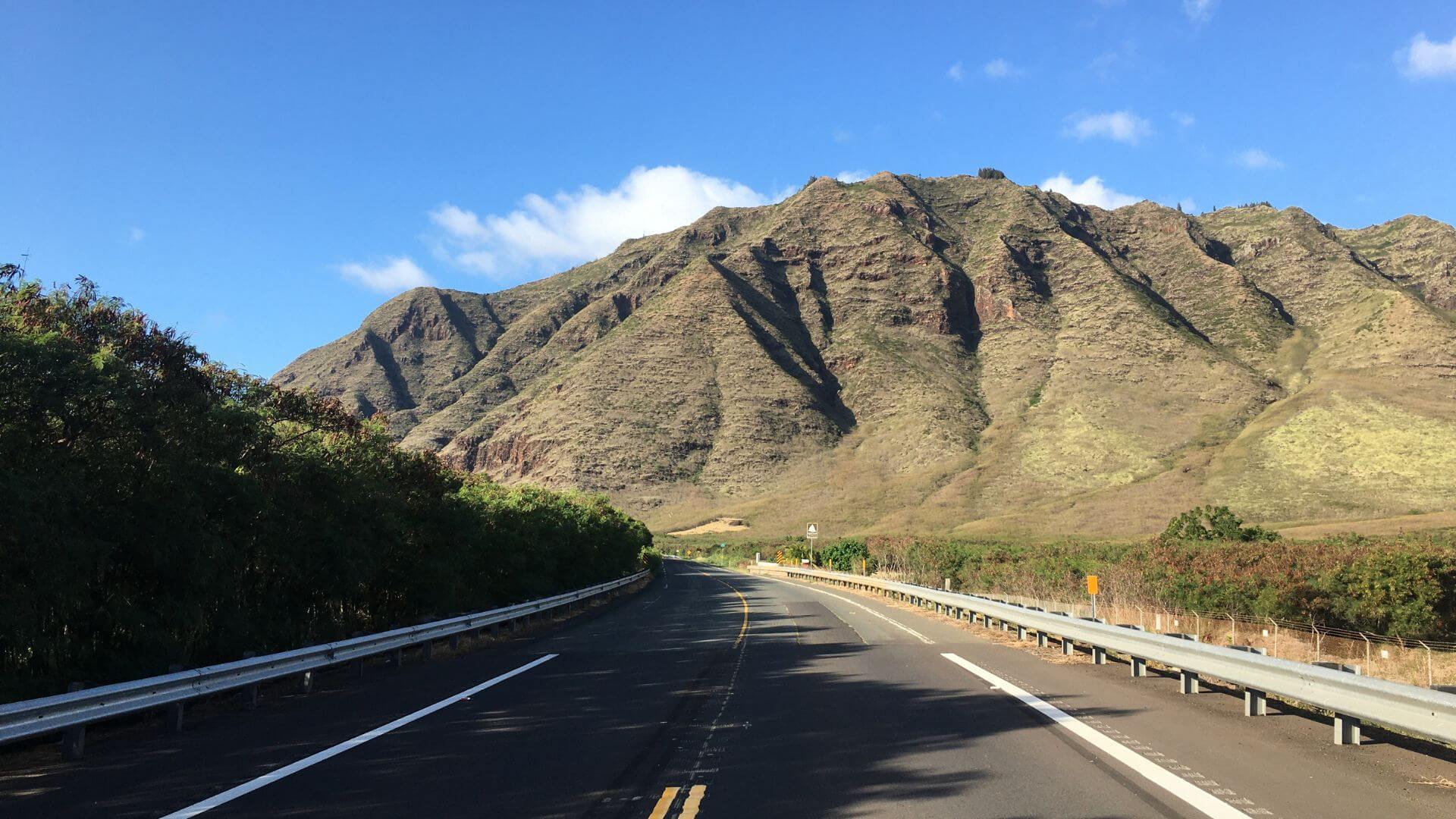
Conclusion:
The rain shadow effect is one of those natural phenomena that helps make Hawaii the diverse and fascinating place it is. From the lush rainforests of Hilo to the sunny beaches of Kona, this effect explains why the weather and landscapes can change so dramatically in just a few miles.
Whether you’re planning a trip to Hawaii or just curious about how nature works, understanding the rain shadow effect gives you a deeper appreciation for the islands and the way they’ve been shaped by wind, mountains, and rain.
Frequently Asked Questions
The leeward side of the islands, which is the side protected from the wind, is typically sunnier and drier. This is where you’ll find more consistent sunny weather, with places like Kona on the Big Island, Lahaina on Maui, and Waikiki on Oahu being popular for their dry, sunny climates.
Yes, it can. If you prefer sunny and dry weather, you might want to stay on the leeward side of an island. But if you enjoy lush greenery and don’t mind some rain, the windward side could be more your style. Your choice can depend on the kind of experience you're looking for during your visit to Hawaii.


